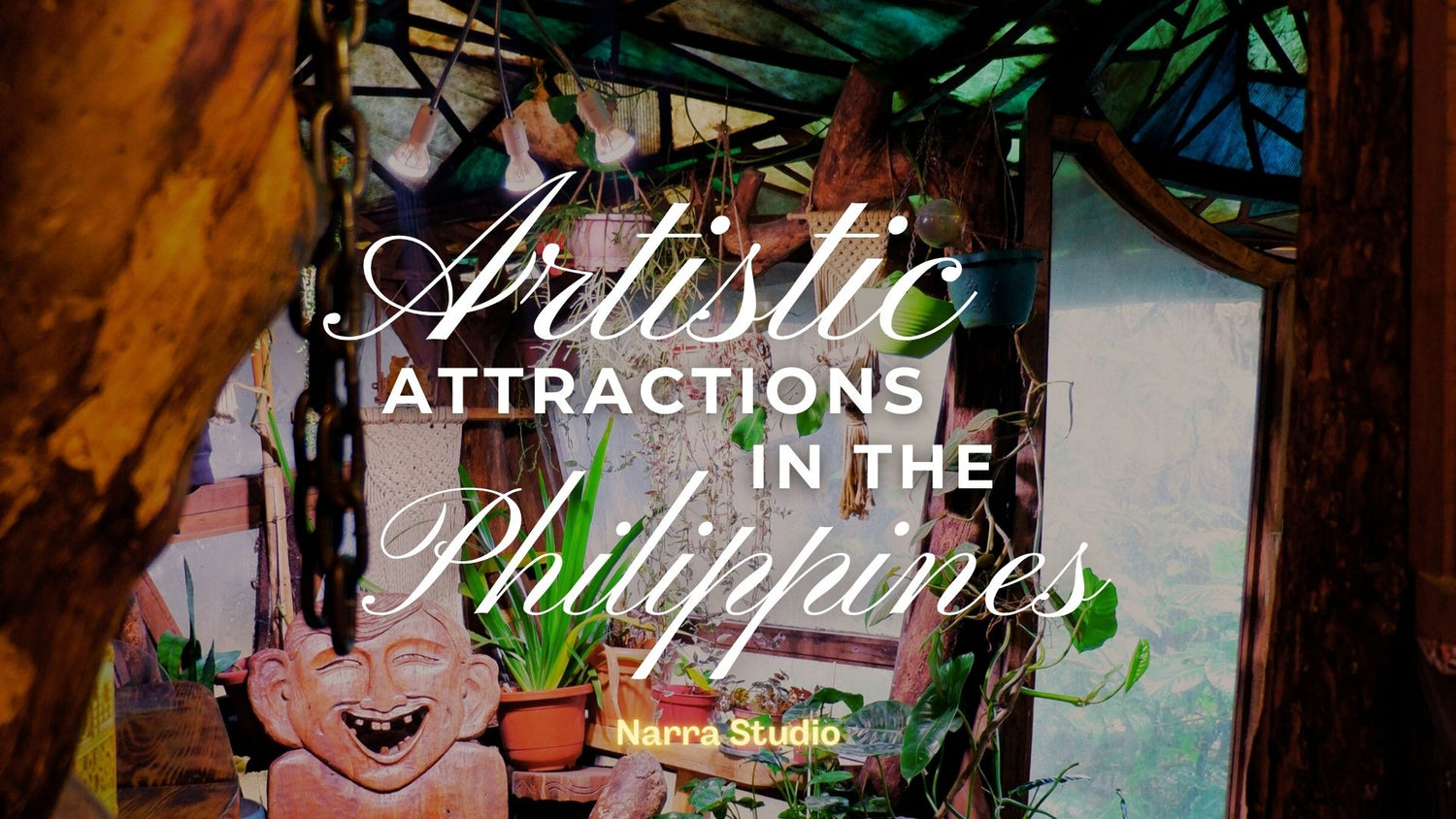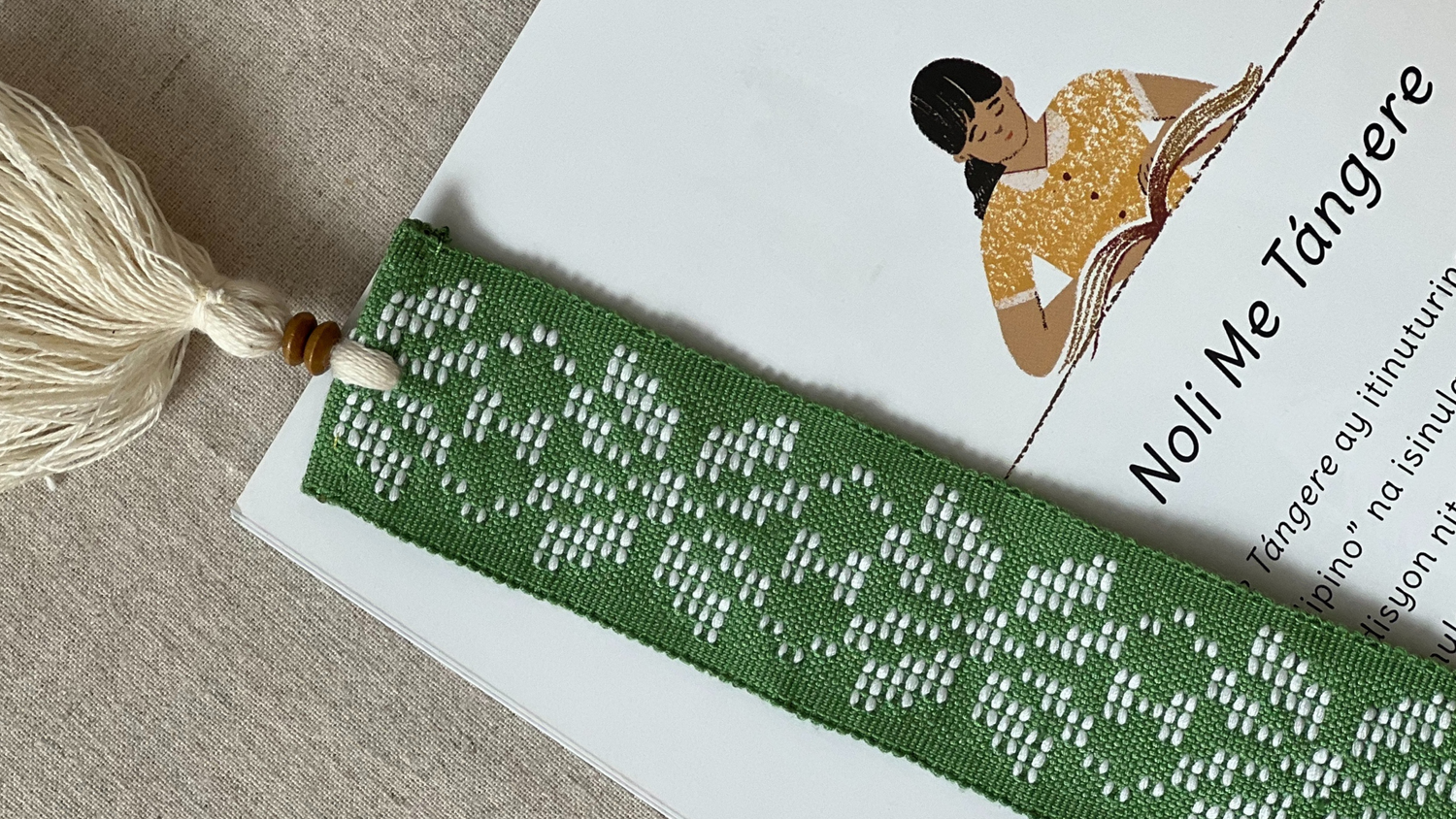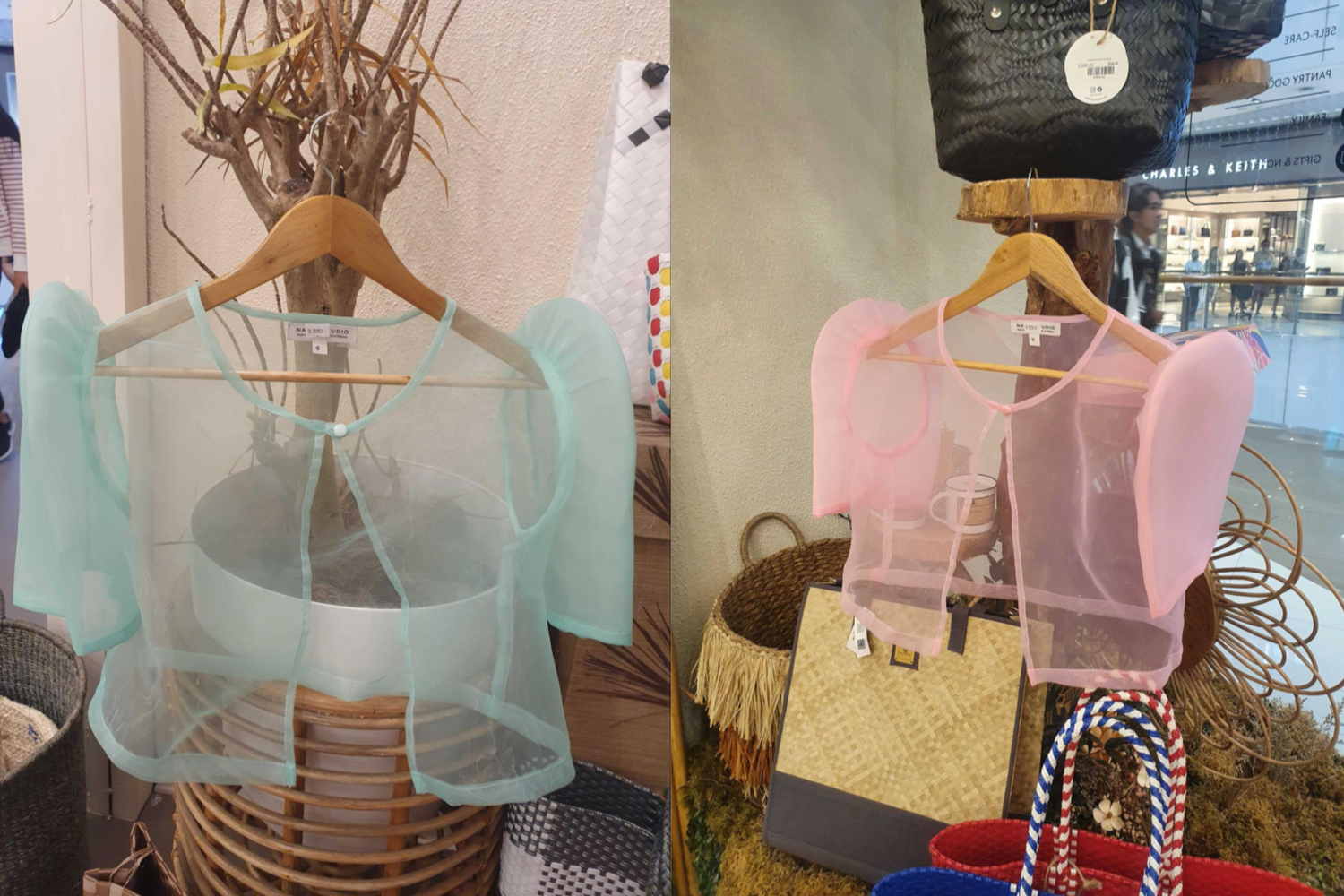By Chesca Santiago
Fiber by fiber, knot by knot, the Philippines’ Bicol region has long been weaving strength through softness with the abaca. Also known as manila hemp, abaca is a natural fiber harvested from the leaf stalks of the abaca plant. From its fiber, what emerges is a fabric of fascinating paradox: fine in strands and soft to the touch, yet resilient in its durability and versatility.
Equal parts pliable and sturdy, the abaca has been dubbed as the “strongest natural fiber in the world,” and Bicolanos have woven it into a multitude of forms that have withstood centuries of history and use. All over the world, not just within Bicol and the Philippines, abaca forms a crucial raw material for various industrial, household, and textile purposes. Here lies the tenacity of the Bicolano fiber: in yielding the most durable products, in its flexibility to cater to different functions, and in resisting natural calamities and politico-economic crises that ravage the industry.


A mat woven from abaca fiber.
https://commons.wikimedia.org/wiki/File:Abac%C3%A1_Mat.jpg
The centuries-old fiber of resilience
Although sources are inconclusive, the earliest accounts of abaca in the Philippines are said to have been chronicled by Antonio Pigafetta around 1521. What is certain is that locals have been weaving the fiber into clothing and more for centuries, and by the early 1800s, production of abaca for export purposes was underway.

Leaf stalks of these abaca plants in Camarines Sur, Bicol may be harvested into fiber.
Image Credit: MarvinBikolano https://commons.wikimedia.org/wiki/File:Abaca_Tree.jpg
Today, the Philippines is the top supplier of abaca worldwide, with the country producing over 87% of the world’s abaca needs. This is led by the Bicol region, which just this June of 2023 yielded 34% of the country’s production. In 2022, Catanduanes was declared the “abaca capital of the Philippines” after consistently being at the forefront of the industry.
From cordage, baskets, to barongs
Thus, within the region’s fields, abaca fiber woven into various uses abound—so much so that the fiber has also become synonymous with Bicol along with the Mayon volcano and Bicol Express. In the region, abaca weaving is a business largely undertaken by households and the community. From harvesting to weaving, family members cast practical marvels knotted and twisted by their own hands.

A hat woven from abaca in Bicol.
Image Credit: Alma Gamil https://flic.kr/p/dH9wau
In the mechanical, electrical, and automotive sectors, abaca is an indispensable material for shipping cordage, cable insulators, automotive components, and more. With its strength, the abaca is more than capable of supporting ships, automobiles, and electrical infrastructure. But aside from these industrial-grade uses, abaca is also a promising substitute for paper needs, including currency notes, coffee filters, and weather-resistant maps and charts.
Yet most prominent in the markets of Bicol is abaca fibers woven into household purposes. Lining the tourist destinations in the region are stores selling abaca baskets, lamps, carpets, storage containers, furniture frames, lamps, placemats, and many other decorative articles for the home.

 Abaca slippers sold in Bicol.
Abaca slippers sold in Bicol.
Image Credit: Alma Gamil https://flic.kr/p/dLYQon
Sinamay and pinukpok
The versatility of the fiber continues with textile. In Bicol, abaca is also woven into sinamay—an open-weave sheer fabric that may be used for finer hats, placemats, shawls, gift wrappers, and other embellishments.
In the early 2000s, another optimistic development in the region’s abaca industry came with the introduction of the pinukpok. Introduced by the Department of Science and Technology through innovative new technology, pinukpok is also known as extra fine sinamay. It is essentially an abaca fabric pounded until it resembles linen. Stronger than both cotton and silk, it’s a promising material for clothing; hence, aided by local government efforts, pinukpok is fast becoming a preferred material for high fashion clothing such as the terno and barong.
Strength in all its fibers
But before the abaca emerges into its manifold forms, Bicolanos must first undergo a labor-intensive process to harvest and eventually weave the fibers. Preparation comes in several stages: harvesting of stalks, separating them into layers, extracting fiber through stripping, washing and drying, grading according to international standards, and finally bundling. All these are performed before the fibers are painstakingly twisted and knotted by patient hands.

Abaca stalks are stripped into fibers by hand or by machine.
Image Credit: Ronald Tagra https://www.flickr.com/photos/38872730@N00/8223921119
Such is a process that requires no less than strength from the Bicolanos—a reality compounded by long-standing threats that put the industry in peril. Situated in a typhoon corridor, the Bicol region is especially prone to intense storms that pillage abaca plantations year by year. There is also the insufficiency of state support for the sector; when the industry demands innovation and expensive machinery to keep up with global forces of industrialization and consumerism, the fate of the Bicolano abaca stands in question.
Still, if there’s anything that the cordage, baskets, and barongs of the abaca have shown us, it is that strength will always lie in its fibers. As flexible as it is durable, it is with firmness that Bicol abaca weaving will always persist.
Further reading:
https://quod.lib.umich.edu/p/philamer/bbn0285.0001.001?rgn=main;view=fulltext
https://psa.gov.ph/major-non-food-industrial-crops
https://unipub.uni-graz.at/obvugrhs/content/titleinfo/245445/full.pdf
Sources
https://quod.lib.umich.edu/p/philamer/bbn0285.0001.001?rgn=main;view=fulltext
https://unipub.uni-graz.at/obvugrhs/content/titleinfo/245445/full.pdf





